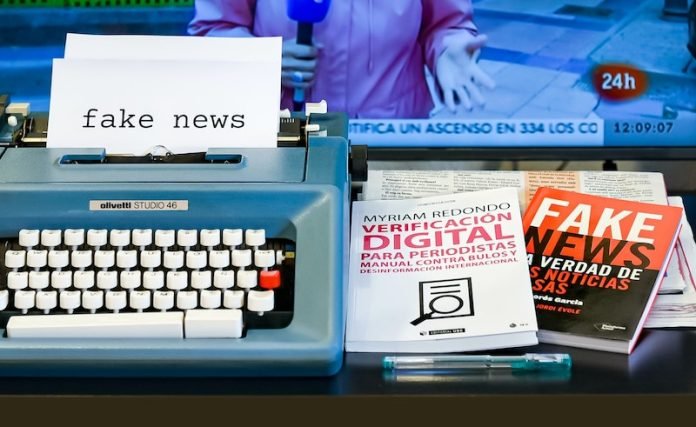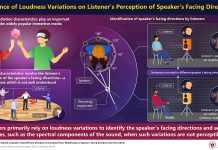
Every day, people around the world log on to the internet and social media to find out the latest news. But the spread of false information can cause problems.
To tackle this issue, many news organizations and governments are fact-checking posts and warning people about misleading ones.
But with so much information out there, how can we focus on the most harmful misinformation? Well, a research team from Binghamton University has some new ideas using smart technology.
Targeting Misinformation Where It Hurts Most
Thi Tran, a smart tech teacher, led the research team. They are trying to find a good way to see where false information will cause the most problems.
This will help them know where to focus their efforts. They recently shared their work at a conference and wrote some papers about it.
Their main idea is to use machine learning, which is a kind of smart computer that can learn things on its own.
These computers can help see how harmful a piece of information could be. They could focus on things like fake stories about health treatments during a health crisis like COVID-19.
The machine learning system would look for signs of misinformation. It would learn from these examples and get better at spotting them.
It would also look at what kind of people have dealt with fake news before. This would help build an index that shows how harmful the fake news could be to certain people.
How Machine Learning Helps Fight Fake News
Tran explains that the machine learning system can help fight fake news in a smart way. It considers things like your education level or what you believe in.
These things can affect whether you are likely to trust a fake news message or not. The system could then guess how likely you are to believe a certain fake news message.
The Role of Blockchain Technology in Fighting Misinformation
Tran’s research also looks at blockchain technology, a kind of shared database. Other studies have looked at how this can help fight fake news.
But Tran’s team went a step further. They looked at whether people would be willing to use this technology.
Tran suggests asking 1,000 people about this. They would be people who work to fight fake news, like people in government, news, and social media.
The study would show them three blockchain systems and see if they would be willing to use them.
One good thing about blockchain is that it can trace where misinformation comes from. This can help spot patterns in the misinformation.
Tran hopes this research can help more people understand the patterns of misinformation. This could make people more aware and careful about what they share online, helping to stop the spread of fake news.
The study was published in Disruptive Technologies in Information Sciences VII.
Copyright © 2023 Knowridge Science Report. All rights reserved.



